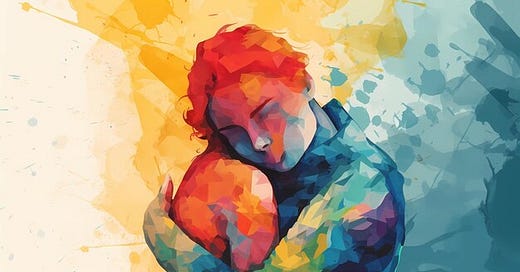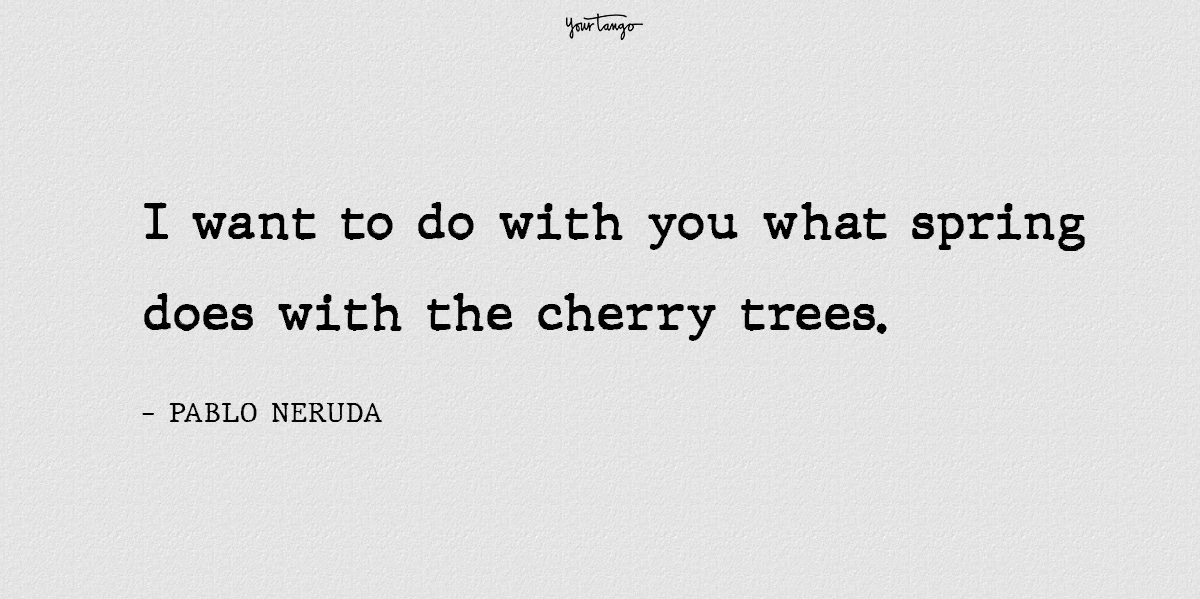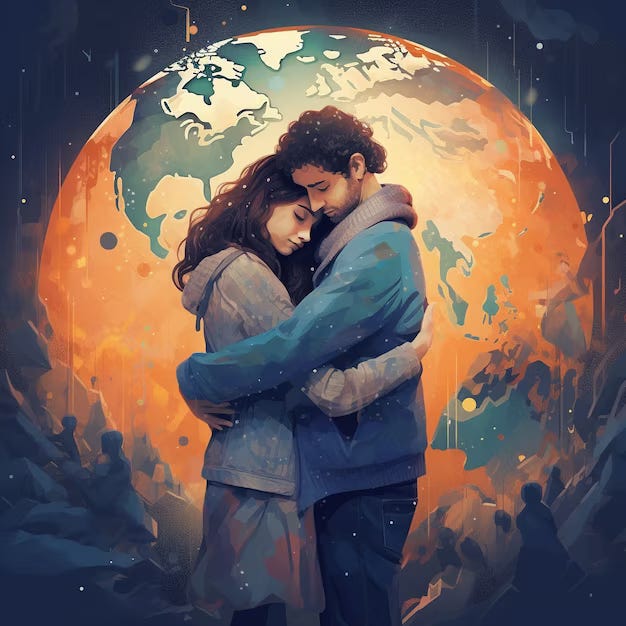The Neuroscience of Hugs
The Japanese word amae describes the urge to be comforted and coddled by someone you love. It's pronounced "ah-ma-eh" and is translated to "behaving like a child", a way to return to the nurturing and indulgences of infancy.
Psychological pain is processed in the same brain regions as our feelings of physical pain, endorphins dampen our psychological pain. That's why a hug is comforting when someone is in tears.
I once read a wish that stuck with me:
“I hope that someday, somebody wants to hold you for twenty minutes straight, and that’s all they do. They don’t pull away. They don’t look at your face. They don’t try to kiss you. All they do is wrap you up in their arms, without an ounce of selfishness in it.”
―Adrienne Shelly
Sometimes, a person’s words can feel like a hug.
Some people are particularly good at this.
Keep those around you that can give you hugs,
and make you feel held in many different ways.
Have you ever felt the strong desire to hold someone in your arms? It's called cingulomania.
“Cingulo” being latin “to embrace”
“Mania” being greek for “madness”.
The desire to be hugged by a specific person is strange.
Why does any hug not do?
It is because they provide you with a unique sense of comfort, security, and emotional connection due to the strong bond you share with them, which can be amplified by the release of oxytocin (the "love hormone") when you hug them; essentially, their embrace feels particularly meaningful and supportive compared to others.
To me, a very good hug is a reminder. I am accepted. And I accept you.
It's more than comfort. It's healing. I hope that someday someone holds you in a way that brings all the broken pieces back together. That their embrace becomes your amae, satisfies your cingulomania. That in their arms, you find your way home.
-Jonathan the Warmhearted





